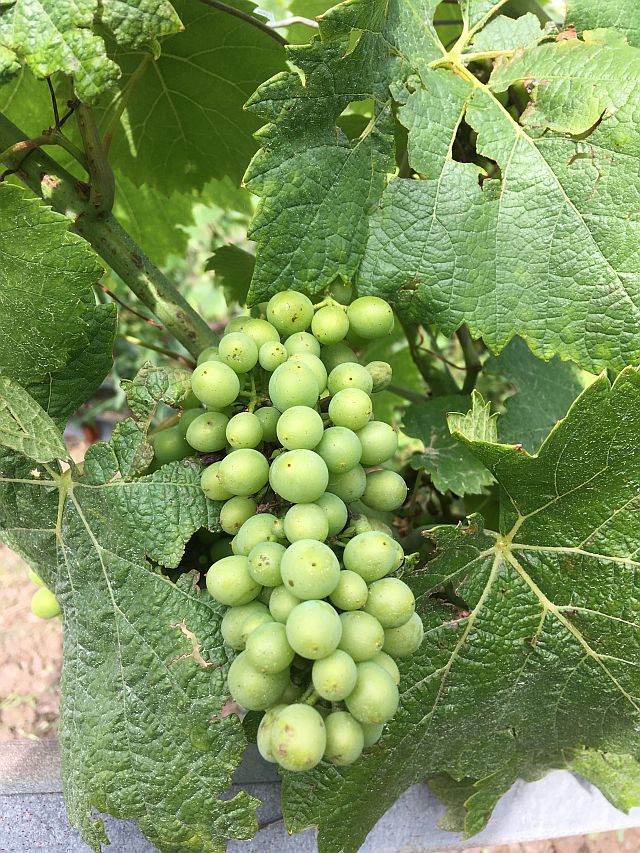CHAMPAGNE BULLETIN NOVEMBER 2021
In this month’s bulletin…
Champagne bouncing back and the implications good and bad.
 Well, as 2021 draws to a close it’s certainly been a roller-coaster year for champagne and the twists and turns aren’t over yet.
Well, as 2021 draws to a close it’s certainly been a roller-coaster year for champagne and the twists and turns aren’t over yet.
From pervasive doom, gloom and apprehension at the start of the year to soaring demand and bursting order books towards the end of the year and talk of shortages and price rises.
So, what exactly is going on in Champagne?
Just to put things in context, this time last year some voices in Champagne were predicting a disastrous drop in sales of 100 million bottles – that’s about 33% of a normal year’s sales. In response, the quantity of grapes that was authorised to by picked at harvest time was sharply reduced in an effort to avoid over supply and ballooning stocks of unsold bottles sitting in the cellars and costing money.
 In the event, things didn’t turn out as badly as some had predicted. Annual sales in 2020 dropped by just 18% or 50 million bottles– actually in Champagne people talk in terms of ‘shipments’ out of the cellars rather than ‘sales’ which are considered to take place further down the supply chain at retail level.The situation continued to improve throughout 2021 with shipments recovering as each month went by. At the end of October cumulative shipments this year were up 36.5 % compared to 2020 and up 8.5% versus 2019 (the last ‘normal’ year) with exports hitting record highs.
In the event, things didn’t turn out as badly as some had predicted. Annual sales in 2020 dropped by just 18% or 50 million bottles– actually in Champagne people talk in terms of ‘shipments’ out of the cellars rather than ‘sales’ which are considered to take place further down the supply chain at retail level.The situation continued to improve throughout 2021 with shipments recovering as each month went by. At the end of October cumulative shipments this year were up 36.5 % compared to 2020 and up 8.5% versus 2019 (the last ‘normal’ year) with exports hitting record highs.
Barring any disasters in the next few weeks, it looks very likely that annual shipments will have recovered to the 2019 level of 300 million bottles, or even slightly more, by the end of the year. Not surprisingly therefore there are many relieved and happy faces in Champagne at the moment.
However, we’re not out of the woods yet.
Ever popular
Since pandemic restrictions started to be eased from mid 2021 onwards there has been an amazing rebound in orders. If this demonstrates one thing it’s that champagne has lost none of its appeal and one might even say that the pent up desire to start living normally again that has been felt around the world has brought with it a desire to really celebrate life and what better to do that than with champagne. Orders are rushing in from almost every part of the globe and one could even say that champagnes image and appeal is stronger than ever. It all sounds great doesn’t it but there’s a downside.
Higher prices
As mentioned above, the size of he 2020 harvest was deliberately reduced to react to the fall in demand. In hindsight, one might say that it was reduced too severely. With the ever-more obvious signs of recovery this year, the size of the 2021 harvest was set at a much higher level, but with the worst possible timing, Mother Nature threw a spanner in the works with a series of near disasters such as frost, hail, storms, and diseases in the vineyard which ruined a large part of the hoped for and much needed crop.
That makes two years of small harvests and although there is a wonderful system of reserves in Champagne that will compensate, to some degree, for this shortfall, in the short term there is an excess of demand over supply which inevitably will lead to prices increases.
Premiumisation (if such a word exists)
In parallel to the upward pressure on prices, particularly at retail level, due to the supply/demand equation being out of balance, the (logical) response of many champagne houses has done nothing to reverse the trend; in fact, it has accelerated it.
Faced with fewer grapes than needed and hence fewer bottles to sell, many houses, especially the better-known brands, took the decision to scale back their release of standard non-vintage champagne and to use more of the available grapes to produce higher prices prestige cuvées. Due to the long ageing time needed for these cuvées, they won’t hit the market for some years yet, but the reduced quantity of non-vintage champagne is already having repercussions in the market.
We can see this is reports from the U.K and the USA, the two biggest markets by volume and value.
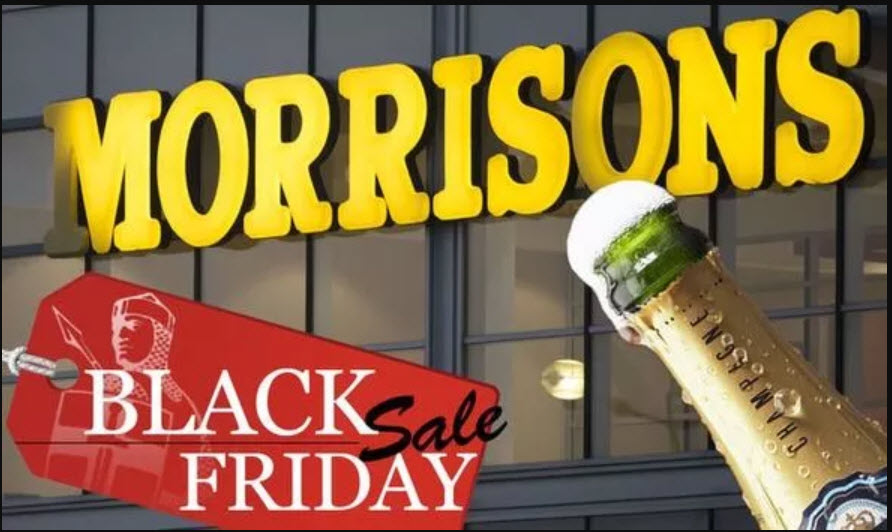 On the one hand, established brands are announcing strong demand, booming sales and buoyant prices. On the other hand, the usual year-end cut-price deals on entry level champagnes and supermarket brands may be about to dry up. After all, if there is a shortage of supply, why offer any discounts?
On the one hand, established brands are announcing strong demand, booming sales and buoyant prices. On the other hand, the usual year-end cut-price deals on entry level champagnes and supermarket brands may be about to dry up. After all, if there is a shortage of supply, why offer any discounts?
At least this has been the general feeling of many in the champagne trade and they suspected that offers like the one shown in this picture would be a rarity, at least in the short term. However, at the time of writing this bulletin most supermarkets in the UK and France are still promoting champagne offers, albeit not quite so generous as in past years.
Nevertheless, the predictions amongst the champagne community is that the trend towards higher prices and fewer discounts will continue. In fact, it’s what the established brands have been wanting for many years: the pandemic and the two consecutive small harvests have merely provided the means to drive this message home.
They have always pursued a policy of ever-increasing quality, value and price and they lamented the (over?) availability of entry level offers that do little to enhance the image of champagne and certainly don’t maximize the overall value of the champagne sector.
How to respond, particularly if you are considering launching a private brand?
It seems to be more important than ever for any brand seeking to get a foothold in the market to identify what special features set it apart from the competition. A low price is not enough. Competing on price with the Walmart’s, Costco’s and Aldi’s of this world doesn’t seem to be a strategy that has much future – if it ever did.
What then might be alternative strategies? The possibilities are much the same as they always have been.
Brand recognition
 One obvious avenue that offers the prospect of rapid brand recognition, distribution and sales is to involve a well-known celebrity, if you aren’t already a celebrity yourself.
One obvious avenue that offers the prospect of rapid brand recognition, distribution and sales is to involve a well-known celebrity, if you aren’t already a celebrity yourself.
This is why personalities such as Idris Elba, Jay Z, Brad Pitt and many others have launched their own champagne brand and the appeal of champagne for famous people, as both a fun project and a profit-making enterprise, shows no sign of waning.
A famous French rapper artist by the name of Booba recently announced that he is working on a champagne project, and I’ve heard from a reliable source that a famous Hollywood actress is also planning to do the same next Spring.
All these people already have a crowd of loyal fans who follow them on social media and in person and who are potential customers. Of course, you don’t have to be a global or even national celebrity figure to have a network of good contacts, there are many other fields of activity you can be involved in that could be the source of sales as long as you are a trusted figure with some sort of following – the bigger the following, the better of course.
Distribution
Another key to success is distribution. No matter how high the quality of your product, if you can’t get it to consumers, where they want it, when they want it, your sales are going to struggle.
If you have a means of warehousing and delivery and ideally plenty of strong contacts in hospitality venues, they too can provide a key source of competitive advantage.
Presentation
 Last but certainly not least of course, is the champagne and the bottle – lets call that, the presentation.
Last but certainly not least of course, is the champagne and the bottle – lets call that, the presentation.
There are champagnes at almost every level of quality that can be sourced for private brands, although the higher the quality, the more limited the availability and, often, the higher the price.
The choice of quality will depend, amongst other things, on the requirements of your target customers. Are they, to take one example, serious wine connoisseurs who will deliberate long and hard on what they taste in their glass, or are they more casual drinkers who pay little attention to what’s in their glass as log as it is pleasant?
As for the bottle and packaging, there is an almost infinite variety of ways in which you can make your bottle look stunning. Some of these effects can be achieved quite quickly – multi-coloured sleeves around the bottle, for example, while others such as virtual reality brand presentations incorporated into the labels, take more time and a little more investment. I’d be happy to run through some of the options on a Zoom call if you’d like to explore any of these topics in more depth.
This will be the last Champagne Bulletin for 2021. Come the end of December, I plan to be more involved with drinking champagne than writing about it.
Thanks for reading my bulletins this year; I hope you’ll come back next year and, in the meantime, I wish you and yours a wonderful Christmas and New Year holiday, wherever and however you spend it.
All the best from Champagne
Jiles
This email address is being protected from spambots. You need JavaScript enabled to view it.


 Meanwhile another new brand is attracting a number of articles and a lot of attention. It’s called Hoxxoh (no, don’t ask me how to pronounce that; I have no idea) and it is certainly eye-catching.
Meanwhile another new brand is attracting a number of articles and a lot of attention. It’s called Hoxxoh (no, don’t ask me how to pronounce that; I have no idea) and it is certainly eye-catching.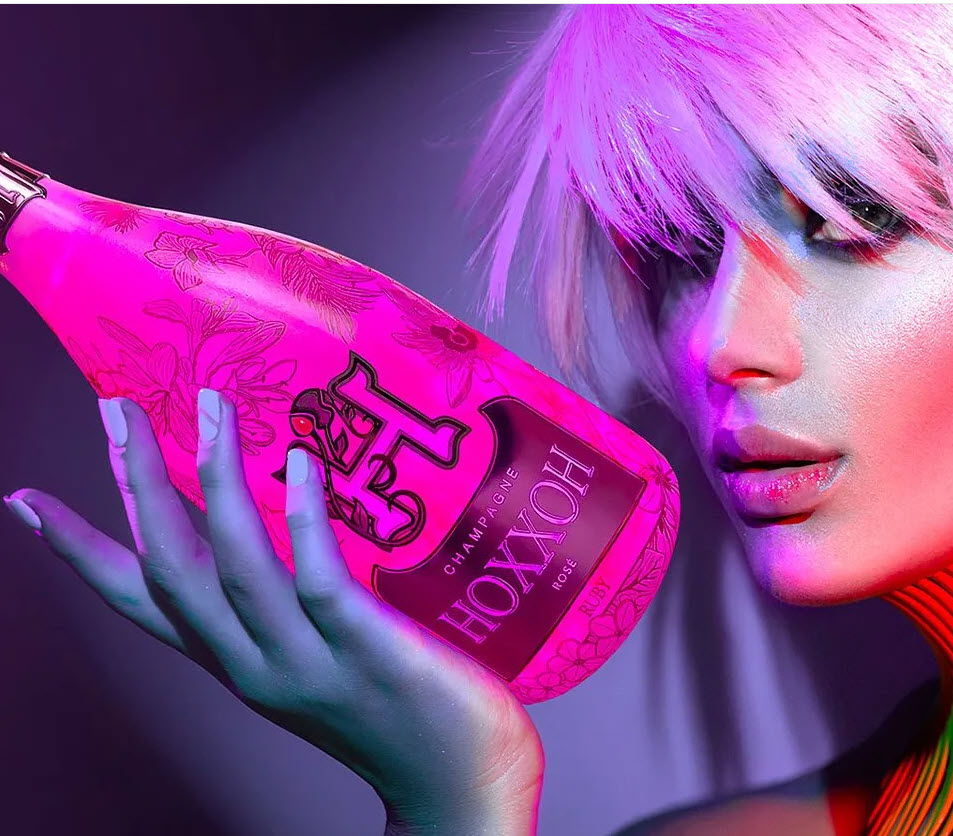 and a small 0.45 carat ruby is embedded in the label of each bottle of the rosé.
and a small 0.45 carat ruby is embedded in the label of each bottle of the rosé. What is of interest is not so much the names of the brands but rather the information that is given about each of them, in particular the retail price. The prices are the those in the U.K. so they are not directly comparable to prices in other markets but the positioning relatively to one another is relevant, as are the price categories that emerge.
What is of interest is not so much the names of the brands but rather the information that is given about each of them, in particular the retail price. The prices are the those in the U.K. so they are not directly comparable to prices in other markets but the positioning relatively to one another is relevant, as are the price categories that emerge. The last ‘normal’ year for champagne sales was 2019 when annual shipments reached just 297 million bottles. That’s still a lot of bottles but it was a disappointing result for the champagne industry which had seen shipments decline steadily over the preceding 10 years from a total of 320 million bottles.
The last ‘normal’ year for champagne sales was 2019 when annual shipments reached just 297 million bottles. That’s still a lot of bottles but it was a disappointing result for the champagne industry which had seen shipments decline steadily over the preceding 10 years from a total of 320 million bottles. You may not have noticed it, but October 22nd was Global Champagne Day. In fact, this date has been GCD ever since the initiative was started about 10 years ago.
You may not have noticed it, but October 22nd was Global Champagne Day. In fact, this date has been GCD ever since the initiative was started about 10 years ago.
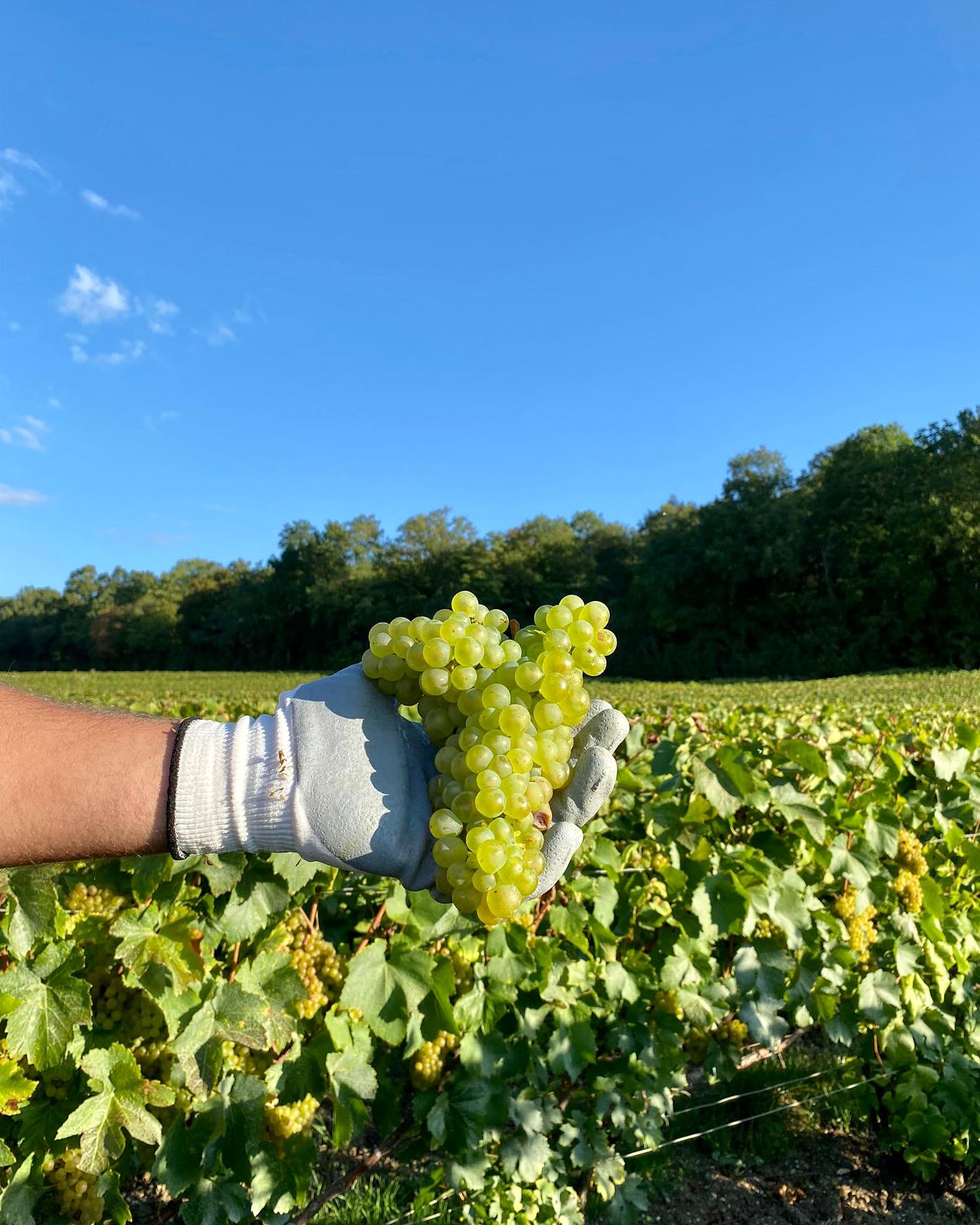

 Picking doesn’t start on a specific date across the entire Champagne region. Instead, each village - and there are some 320 of these in Champagne - is given a start date based on the development of the grapes in each local area and there is also a start date given for each grape variety. You will immediately begin to appreciate that, despite the fact that many champagne drinkers think that all champagne is pretty much the same, that’s not really the case.
Picking doesn’t start on a specific date across the entire Champagne region. Instead, each village - and there are some 320 of these in Champagne - is given a start date based on the development of the grapes in each local area and there is also a start date given for each grape variety. You will immediately begin to appreciate that, despite the fact that many champagne drinkers think that all champagne is pretty much the same, that’s not really the case.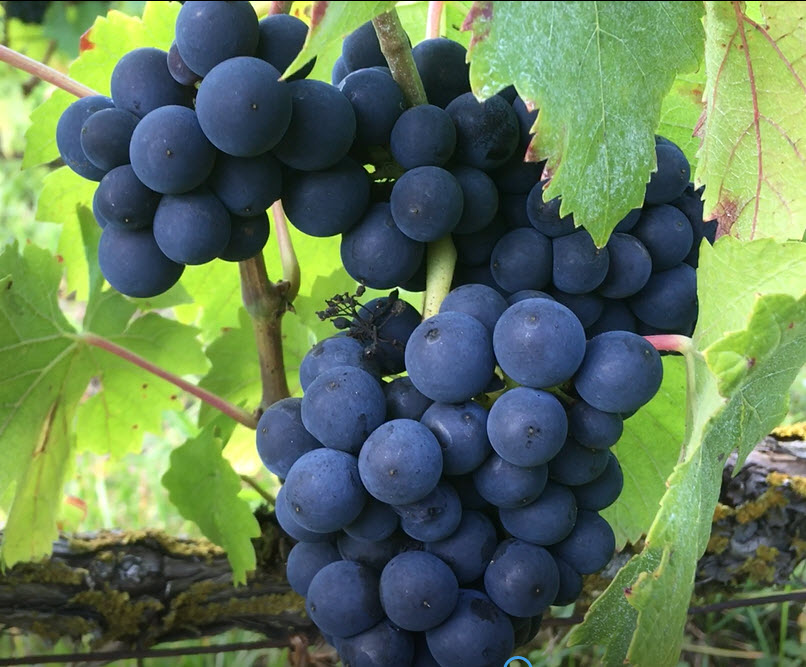 On the other hand, some villages nearer to Reims such as Ambonnay and Bouzy, both famed for their Pinot Noir grapes, were relatively untouched by the problems elsewhere and brought in a big harvest of grapes in excellent condition.
On the other hand, some villages nearer to Reims such as Ambonnay and Bouzy, both famed for their Pinot Noir grapes, were relatively untouched by the problems elsewhere and brought in a big harvest of grapes in excellent condition. For example, supplies of aluminium for making foils are harder to come by and the same is true of paper to make labels and boxes. Lead times that would have been two months a year ago are now running to three, or even four months at the moment.
For example, supplies of aluminium for making foils are harder to come by and the same is true of paper to make labels and boxes. Lead times that would have been two months a year ago are now running to three, or even four months at the moment.

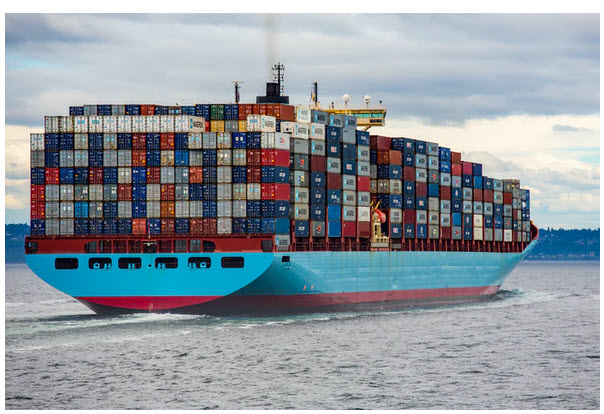 One of the issues facing all industries is that the pace and volume of global shipping has slowed down over the past year. Normally ships, and the containers they carry, are in almost constant transit around the globe – the containers are shipped to their destination, unloaded, loaded with a new cargo and the ships set off on the return voyage with the minimum of delay. In this way containers are always in use, in transit and available in the place where they are needed at the time when they are needed.
One of the issues facing all industries is that the pace and volume of global shipping has slowed down over the past year. Normally ships, and the containers they carry, are in almost constant transit around the globe – the containers are shipped to their destination, unloaded, loaded with a new cargo and the ships set off on the return voyage with the minimum of delay. In this way containers are always in use, in transit and available in the place where they are needed at the time when they are needed.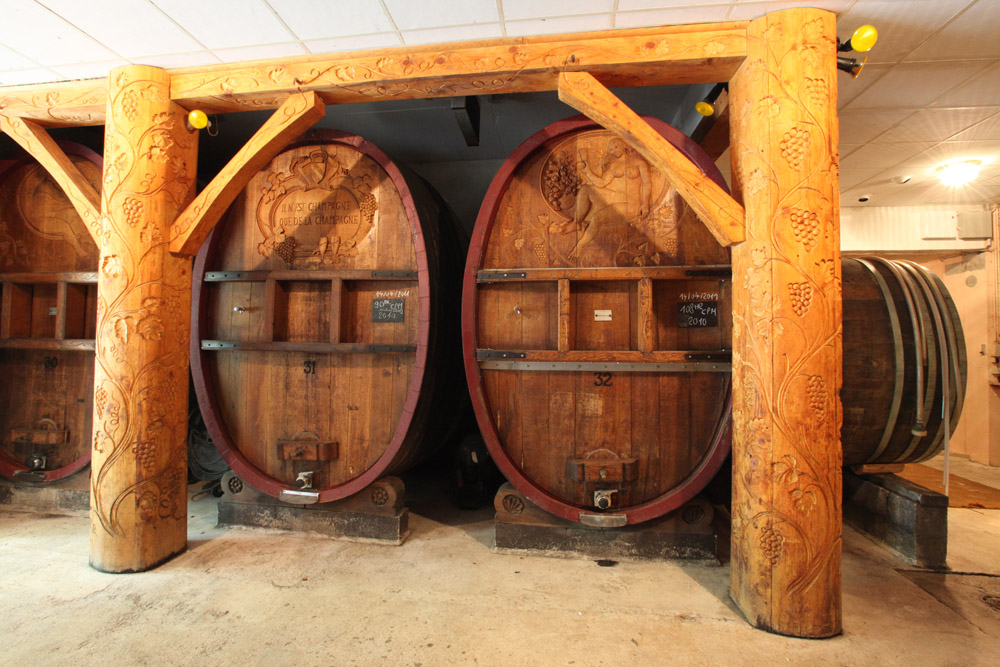


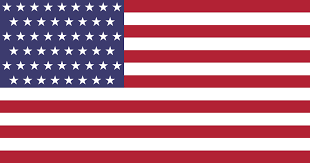
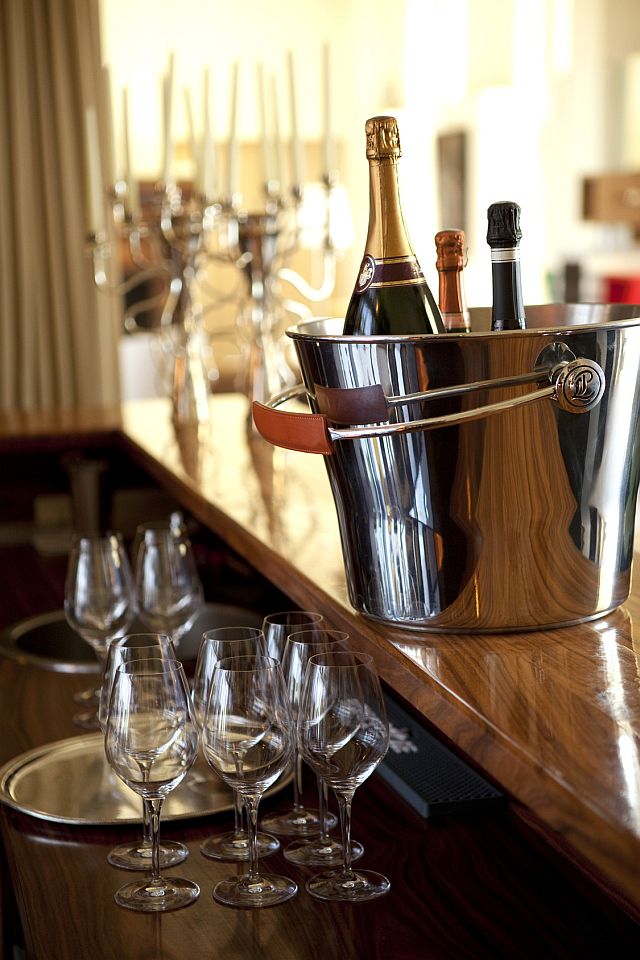 Over the past few weeks, several of the big champagne houses have been announcing their half-year results and it’s been good news all round. Not surprisingly, results across the board have shown big increases versus last year – not difficult when sales last year were so dreadful – and some houses have posted increases even versus 2019
Over the past few weeks, several of the big champagne houses have been announcing their half-year results and it’s been good news all round. Not surprisingly, results across the board have shown big increases versus last year – not difficult when sales last year were so dreadful – and some houses have posted increases even versus 2019 This month’s blockbuster story has come from Russia and has caused something of a sensation in Champagne.
This month’s blockbuster story has come from Russia and has caused something of a sensation in Champagne.